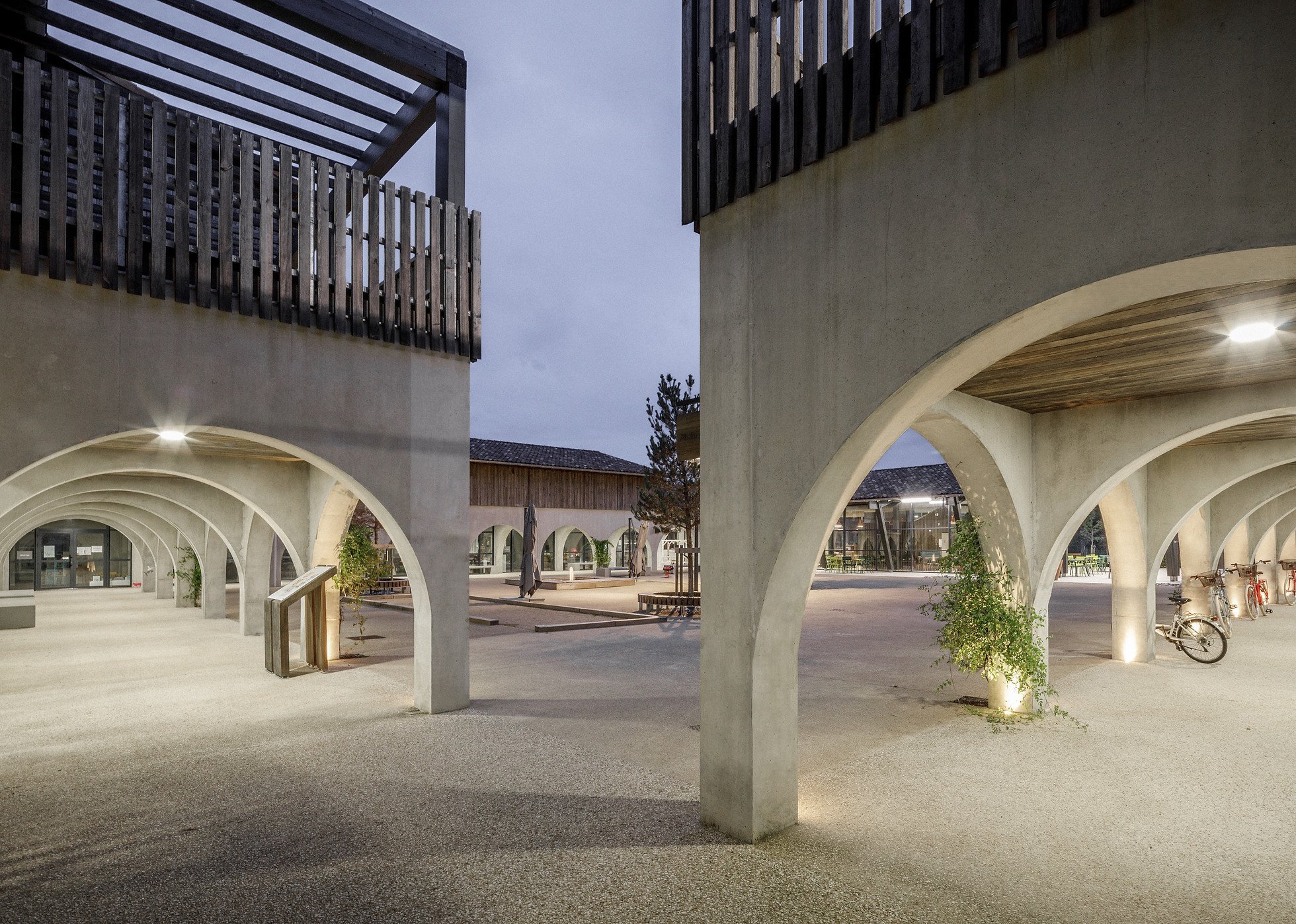A Radical Shift: Wellness Demanded in Senior Living
Active agers have ignited a radical shift in ‘senior’ living.
A discerning and targeted move away from sterile healthcare-based models
towards experientially-rich residential communities gives rise to the opportunity to
create robust wellness-based business models.
There is a magnificent revolution underway, led by two generations of active agers who are unabashedly redefining what it means to grow “old”.
They’re the rebels, the disruptors - two wise and engaged cohorts, much younger both physically and mentally than you might think, that have ignited a long overdue, radical shift in the overly dated traditional senior housing and retirement-living models.
Representing a powerful demographic with their increased longevity, substantial spending power and zest for living well, baby boomers (those born between 1946-1965) and gen-Xers (those born between 1965-1980) are contributing significantly to the $4.5 trillion and rapidly growing global wellness economy. By 2030, the impending “silver tsunami” (we could think of friendlier terminology) will see the number of Americans of traditional retirement age rise to one in every five. In Canada,the “seniors’” population will have grown by 68%.
Unlike previous generations, many of today’s active boomers and gen-Xers
have placed a premium on health and wellness throughout their adult years.
This wise and discerning group are demanding so much more than basic assisted living.
Unlike previous generations, many of today’s active boomers and gen-Xers have placed a premium on health and wellness throughout their adult years. Under a shared set of values and commitments, this psychographic chooses to invest in healthy lifestyle behaviours and prioritizes spend on health and wellness services such as: massage and physical therapies, personalized nutrition and farm-to-table eating, wellness concierges and health coaches, movement and mind-body fitness, hydrothermal bathing and more. Traditional limited service retirement residences simply won’t due.
This wise and discerning group are demanding so much more than basic assisted living.
Lifestyle investors, property developers and ownership groups are taking note, recognizing that treading water in the face of this tidal wave will wash away their competitive advantage, portfolio value and brand equity.
There are a plethora of ideas and learnings to be drawn upon here from the hospitality and real estate sectors. According to a 2020 wellness real estate report, hotels with significant wellness offerings generated nearly 43% more in total revenues per available room (TRevPAR) on average compared to hotels with no wellness in 2019. On top of that, wellness lifestyle real estate, defined as homes that are proactively designed and built to support the holistic health of their residents, grow faster in value on average, and foster price premiums of 10-25% over comparable traditional real estate.
A discerning and targeted move away from sterile healthcare-based models towards experientially-rich residential communities gives rise to the opportunity to create wellness-based business models. Models in which the physical environments, services and programs embrace whole person wellness - an approach that integrates multiple, interrelated areas of a person’s life and has been shown to improve health outcomes. This is characterized by a shift from the notion of “illness” toward “wellness”, and an emphasis on “prevention” rather than “treatment.” In countless studies, such service-rich environments have been shown to contribute to improved quality of life and a 66% reduction in the need for urgent medical care.
Whole person wellness, an approach that integrates multiple, interrelated areas
of a person’s life and has been shown to improve health outcomes.
This is characterized by a shift from the notion of “illness” toward “wellness”,
and an emphasis on “prevention” rather than “treatment.”
A greater quality of life has a snowball effect, naturally increasing resident satisfaction and community engagement. Engaged residents stay longer. Turnover is reduced. And very satisfied residents are four times more willing to recommend a community than residents who are just satisfied. The list of advantages goes on.
As wellness-based models become increasingly more relevant and more broadly adopted in the marketplace, senior lifestyle investors, property developers and owners will need a new approach: a fulsome blueprint and goal-specific strategies, that embrace whole person wellness, meaningfully returning financially, operationally and experientially.
Image Credit: Nord Architects

